Home>Gardening & Outdoor>Landscaping Ideas>What You Need To Install Artificial Grass
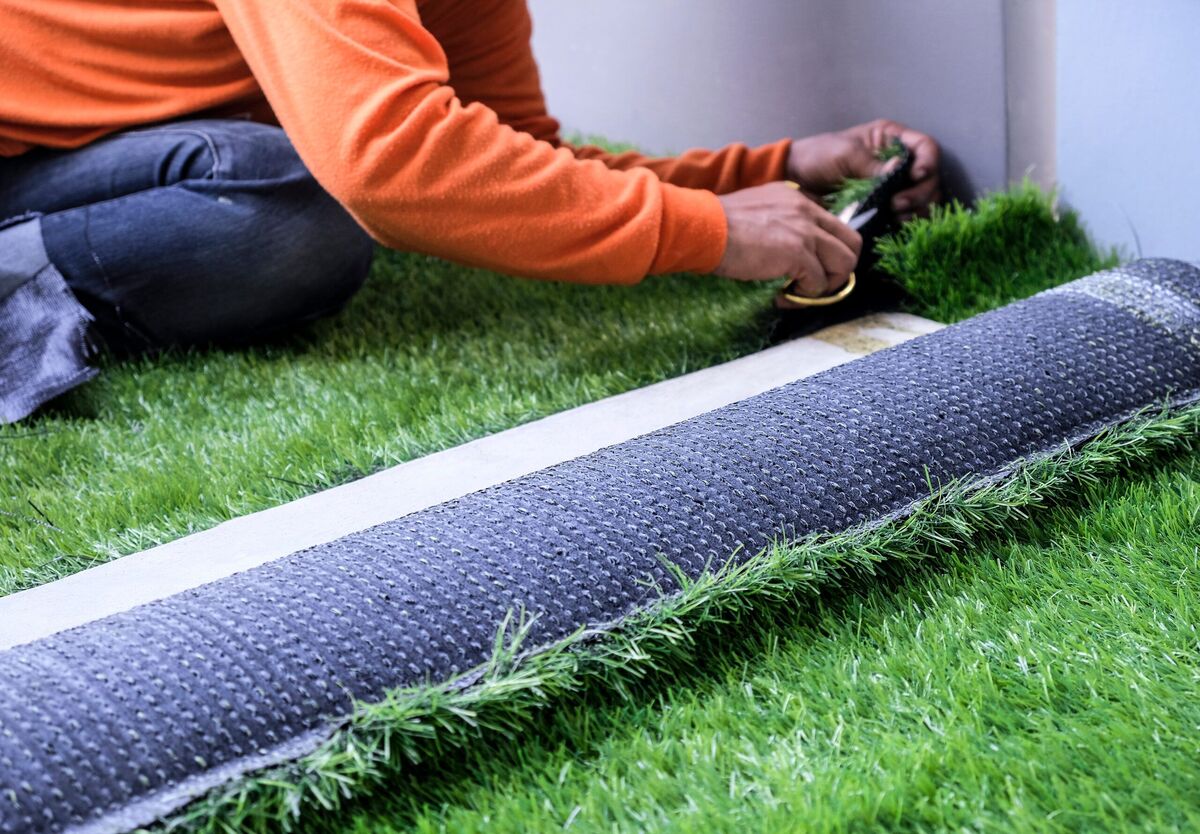

Landscaping Ideas
What You Need To Install Artificial Grass
Modified: April 1, 2024
Transform your outdoor space with our expert landscaping ideas. Learn what you need to install artificial grass for a low-maintenance, lush lawn.
(Many of the links in this article redirect to a specific reviewed product. Your purchase of these products through affiliate links helps to generate commission for Storables.com, at no extra cost. Learn more)
Introduction
Transforming your outdoor space with artificial grass can elevate the aesthetics of your property while reducing the time and effort required for maintenance. Whether you’re looking to create a lush green lawn, a pet-friendly play area, or an inviting landscape, artificial grass offers a versatile and durable solution. This comprehensive guide will walk you through the essential steps to install artificial grass, providing insights into the benefits, considerations, tools, materials, installation process, and maintenance tips.
By understanding the intricacies of artificial grass installation, you can embark on this project with confidence, knowing that you have the knowledge and resources to achieve a stunning and long-lasting result. Let’s dive into the world of artificial grass and uncover the secrets to a successful installation that will enhance your outdoor living experience.
Key Takeaways:
- Artificial grass offers low maintenance, durability, and year-round appeal, making it a practical and eco-friendly landscaping choice for vibrant outdoor spaces.
- Before installing artificial grass, consider local climate, drainage, usage, and budget to ensure a seamless and successful transformation of your outdoor space.
Benefits of Artificial Grass
Artificial grass offers a myriad of benefits that make it an attractive choice for homeowners and property managers alike. Understanding these advantages can help you appreciate the value that artificial grass brings to your outdoor space.
- Low Maintenance: Unlike natural grass, artificial turf requires minimal maintenance. Say goodbye to mowing, watering, and fertilizing, and hello to more free time to enjoy your outdoor space.
- Durability: Artificial grass is designed to withstand heavy foot traffic and harsh weather conditions, maintaining its lush appearance year-round without the need for extensive upkeep.
- Water Conservation: By opting for artificial grass, you contribute to water conservation efforts by eliminating the need for regular watering, which is especially beneficial in regions prone to drought.
- Year-Round Appeal: Regardless of the season, artificial grass retains its vibrant color and texture, providing a consistently picturesque backdrop for outdoor activities and relaxation.
- Safe for Children and Pets: Artificial turf is free from harmful chemicals and pesticides, creating a safe and enjoyable play area for children and pets without the risk of exposure to toxic substances.
- Versatility: Whether used in residential, commercial, or recreational settings, artificial grass can be customized to fit various spaces, including lawns, rooftops, playgrounds, and sports fields.
- Environmental Impact: With reduced water consumption and minimal use of pesticides and fertilizers, artificial grass contributes to a more eco-friendly outdoor environment.
These compelling benefits underscore the appeal of artificial grass as a practical and sustainable landscaping solution, offering both aesthetic and functional advantages for property owners.
Things to Consider Before Installation
Prior to embarking on the installation of artificial grass, it’s crucial to consider several key factors to ensure a successful and satisfactory outcome. By addressing these considerations, you can streamline the installation process and make informed decisions that align with your specific needs and preferences.
- Local Climate: Assess the local climate to determine the most suitable type of artificial grass for your area. Factors such as temperature fluctuations, sunlight exposure, and precipitation levels can influence the choice of turf material and backing.
- Drainage: Evaluate the drainage capabilities of your outdoor space to prevent water accumulation under the artificial grass. Proper drainage is essential for maintaining the longevity and integrity of the turf.
- Usage: Consider the intended use of the artificial grass area, whether it’s for recreational activities, landscaping, or pet areas. Different usage scenarios may require specific turf characteristics, such as pile height and blade density.
- Substrate Preparation: Assess the condition of the substrate (soil or existing lawn) to determine if any preparation or remediation is necessary before installing the artificial grass. Addressing substrate issues upfront can prevent future complications.
- Color and Texture: Select artificial grass that complements the aesthetic of your outdoor space. Consider the color, texture, and appearance of the turf to ensure it enhances the overall visual appeal of your property.
- Regulations and Permits: Check local regulations and obtain any necessary permits for installing artificial grass, especially in cases where significant landscaping changes are involved.
- Budget and Quality: Establish a budget for the project and balance it with the desired quality of artificial grass. Consider the long-term savings in maintenance costs and the durability of high-quality turf options.
By carefully considering these aspects before commencing the installation process, you can set the stage for a seamless and successful transformation of your outdoor space with artificial grass.
Tools and Materials Needed
Equipping yourself with the necessary tools and materials is essential for a smooth and efficient installation of artificial grass. By assembling the following items, you can effectively tackle each step of the installation process and achieve professional-looking results.
Tools:
- Utility knife or carpet cutter for precise cutting of the turf
- Turf cutter for removing existing grass or vegetation
- Power brush or stiff broom for brushing and leveling the infill
- Shovel for excavation and substrate preparation
- Rake for smoothing and leveling the substrate
- Tamper for compacting the substrate
- Seaming tape dispenser for joining turf sections
- Staple gun for securing the turf to the base
- Measuring tape and carpenter's square for accurate measurements and cuts
- Gloves and knee pads for personal protection and comfort during installation
Read more: Why Do You Need Professional Lawn Care
Materials:
- Artificial grass turf in the desired dimensions and specifications
- Geotextile weed membrane to prevent weed growth
- Sub-base material such as crushed rock or decomposed granite for drainage and stability
- Silica sand or rubber granules for infill, depending on the turf type
- Edging material such as treated timber or plastic bender board to define and secure the turf perimeter
- Seaming tape and adhesive for joining turf sections seamlessly
- Staples or nails for securing the edging and turf to the base
- Optional: weed killer, landscape fabric pins, and edging stakes for additional stabilization and weed control
By gathering these tools and materials, you can set the stage for a well-equipped installation process, ensuring that you have everything you need to bring your artificial grass vision to life.
Steps to Install Artificial Grass
Embarking on the installation of artificial grass involves a series of carefully orchestrated steps to ensure a flawless and enduring result. By following these systematic guidelines, you can navigate the installation process with confidence and precision, transforming your outdoor space into a vibrant and low-maintenance oasis.
Step 1: Prepare the Area
Clear the installation area of any existing grass, weeds, or debris. Excavate the soil to a depth that allows for the sub-base materials and the artificial grass to sit level with surrounding hardscapes.
Step 2: Install the Sub-Base
Compact the excavated area and lay a geotextile weed membrane to prevent weed growth. Add and compact a layer of sub-base material, such as crushed rock or decomposed granite, to ensure proper drainage and a stable foundation for the turf.
Read more: How Do You Install Fake Grass
Step 3: Lay the Artificial Grass
Roll out the artificial grass over the prepared area, allowing the turf to acclimate to the surroundings. Trim and shape the turf as needed, ensuring a precise fit and minimal seams. Secure the turf in place, leaving a small gap between each section to accommodate the infill materials.
Step 4: Join Turf Sections
Use seaming tape and adhesive to seamlessly join adjacent sections of artificial grass. Take care to align the fibers and backing for a smooth and inconspicuous transition.
Step 5: Add Infill
Apply the designated infill material, such as silica sand or rubber granules, evenly across the turf using a drop spreader or power brush. Brush the infill into the turf fibers to promote stability and support the blades’ upright position.
Step 6: Brush and Trim
Brush the artificial grass fibers with a power brush or stiff broom to evenly distribute the infill and enhance the turf’s aesthetic appeal. Trim any excess turf and refine the edges for a polished and seamless finish.
Read more: How Much Greenery Do You Need For A Wreath
Step 7: Secure the Edging
Install edging material along the perimeter of the artificial grass area, securing it to the base to define the turf’s boundaries and prevent shifting or movement.
Step 8: Final Inspection
Conduct a thorough inspection of the installed artificial grass, ensuring that the turf is securely anchored, the infill is evenly distributed, and the edges are neatly finished. Make any necessary adjustments to achieve a pristine result.
By following these step-by-step instructions, you can navigate the installation process with confidence, transforming your outdoor space with the enduring beauty and practicality of artificial grass.
Maintenance Tips
While artificial grass significantly reduces the time and effort required for maintenance compared to natural turf, implementing a few simple upkeep practices can ensure that your synthetic lawn remains in pristine condition for years to come. By following these maintenance tips, you can preserve the appearance and functionality of your artificial grass, maximizing its longevity and enjoyment.
Regular Cleaning
Periodically remove debris, leaves, and organic matter from the surface of the artificial grass using a leaf blower, rake, or gentle brushing. This prevents the accumulation of debris and maintains the turf’s aesthetic appeal.
Read more: What Degree Is Needed For Landscape Design
Occasional Rinsing
Rinse the artificial grass with water to remove dust, pollen, and pet waste. This simple practice helps refresh the turf’s appearance and ensures a clean and hygienic outdoor space.
Weed Control
Monitor the edges and seams of the artificial grass to prevent weed growth. Apply a non-toxic weed killer or use landscape fabric pins to secure the turf and inhibit weed penetration.
Pet Waste Management
Promptly remove solid pet waste from the artificial grass surface and rinse the area with water. For urine, regularly flush the affected area with water to prevent odor and maintain hygiene.
Preventative Measures
Avoid placing hot objects, such as grills or fire pits, directly on the artificial grass to prevent melting or damage. Similarly, refrain from using harsh chemicals or solvents on the turf.
Professional Maintenance
Consider scheduling occasional professional maintenance services, such as deep cleaning and grooming, to revitalize the appearance and performance of your artificial grass.
Seasonal Inspections
Conduct seasonal inspections to assess the condition of the artificial grass, checking for any signs of wear, infill compaction, or drainage issues. Addressing minor issues promptly can prevent more significant maintenance challenges.
By integrating these maintenance tips into your routine, you can uphold the pristine condition and functionality of your artificial grass, ensuring that it continues to enhance your outdoor living experience with minimal upkeep requirements.
Conclusion
Installing artificial grass offers a transformative solution for creating a vibrant, low-maintenance outdoor space that enhances the beauty and functionality of your property. By exploring the benefits, considerations, tools, materials, installation steps, and maintenance tips outlined in this guide, you have gained valuable insights into the process of integrating artificial grass into your landscape.
From its durability and versatility to its water-saving properties and pet-friendly nature, artificial grass presents a compelling alternative to traditional lawns, offering a sustainable and visually appealing landscaping solution. By carefully considering the key factors before installation, equipping yourself with the necessary tools and materials, and following the systematic installation steps, you can achieve professional-quality results that elevate your outdoor environment.
Furthermore, by implementing simple maintenance practices and periodic inspections, you can ensure that your artificial grass retains its pristine appearance and functionality, providing long-term enjoyment for you, your family, and your guests.
As you embark on the journey of installing artificial grass, remember that attention to detail and thoughtful planning are essential for a successful outcome. Whether you’re creating a lush backyard retreat, a safe and inviting play area for children and pets, or a picturesque landscape for commercial or recreational spaces, artificial grass offers a versatile and enduring solution that enhances the outdoor living experience.
By embracing the benefits and practical considerations of artificial grass, you can embark on this landscaping journey with confidence, knowing that you are creating a beautiful, sustainable, and low-maintenance outdoor space that enriches your lifestyle and adds value to your property.
Frequently Asked Questions about What You Need To Install Artificial Grass
Was this page helpful?
At Storables.com, we guarantee accurate and reliable information. Our content, validated by Expert Board Contributors, is crafted following stringent Editorial Policies. We're committed to providing you with well-researched, expert-backed insights for all your informational needs.
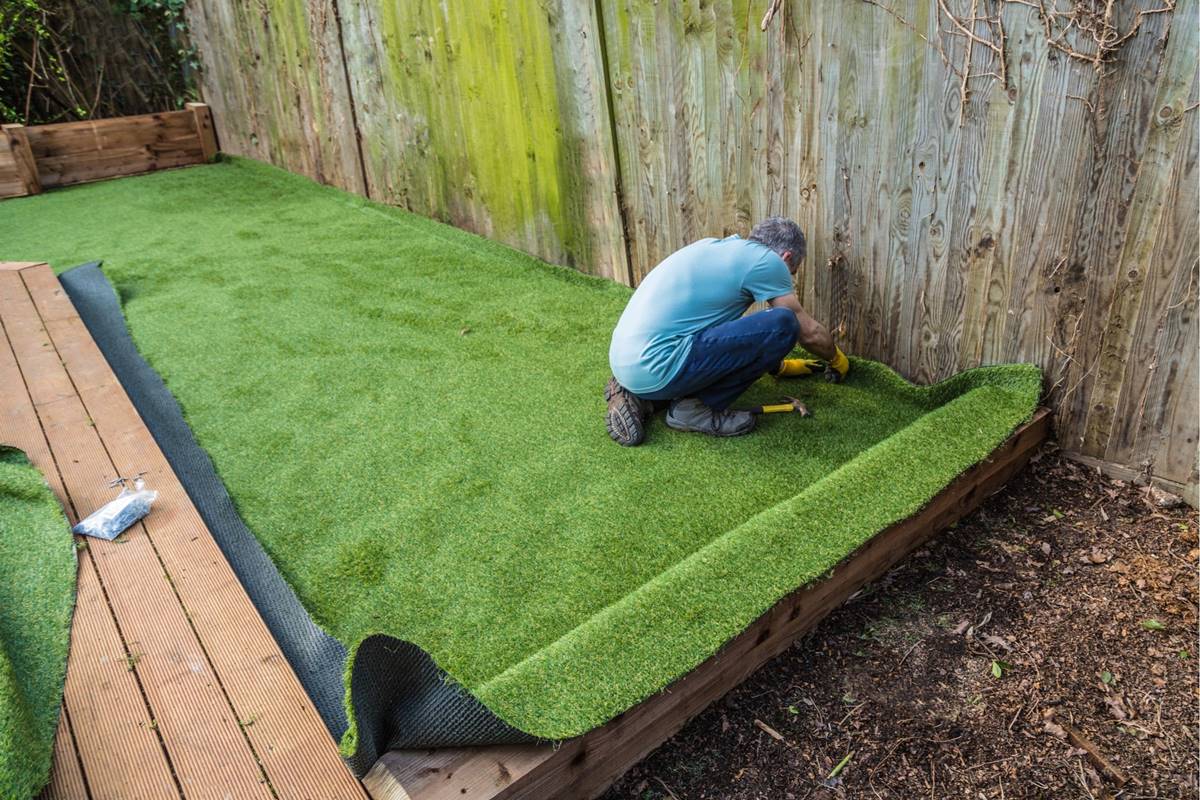
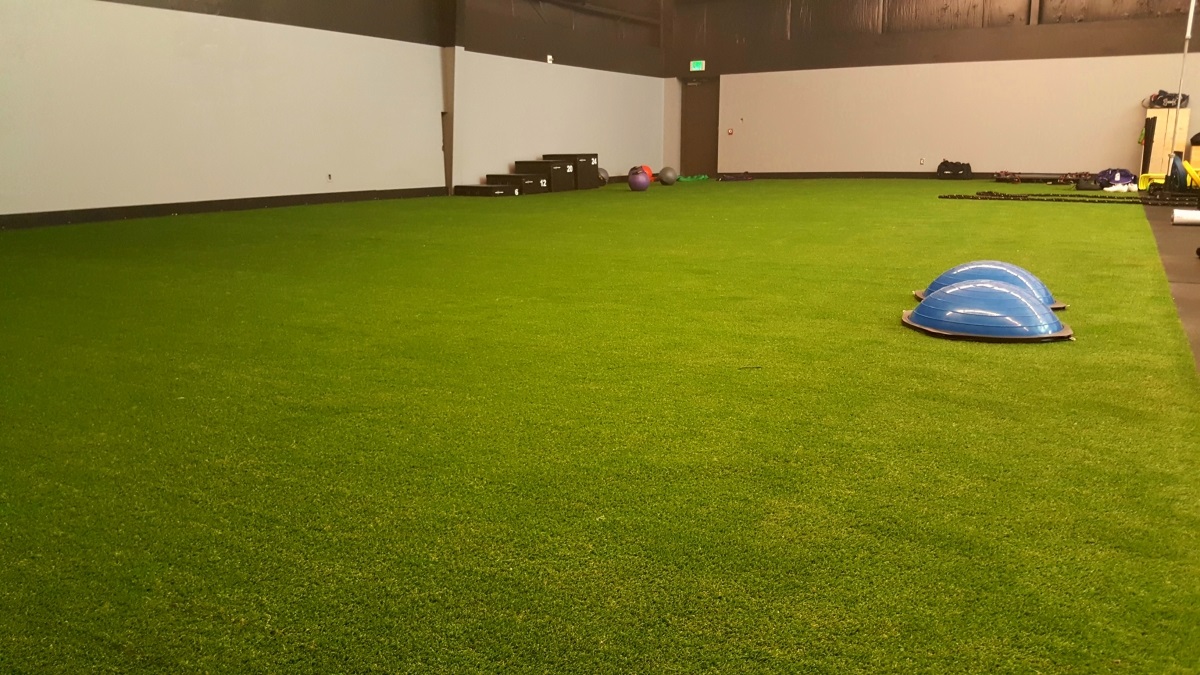

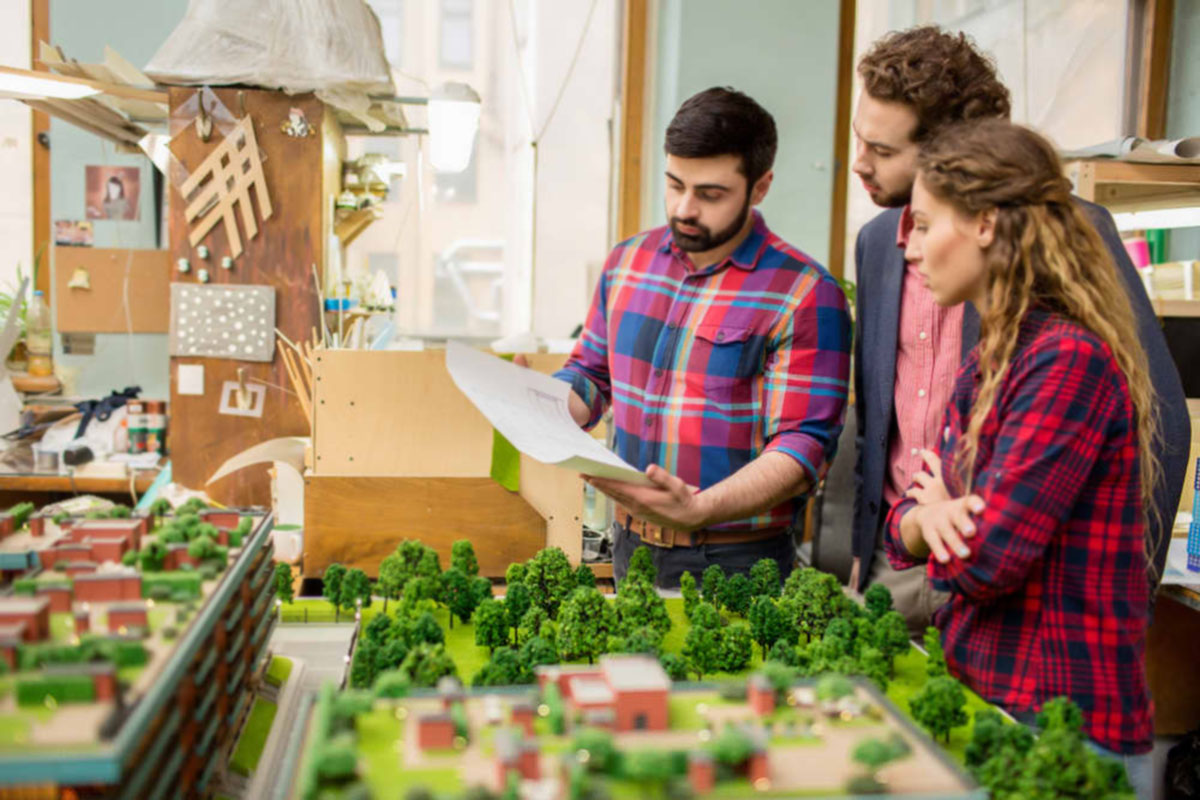
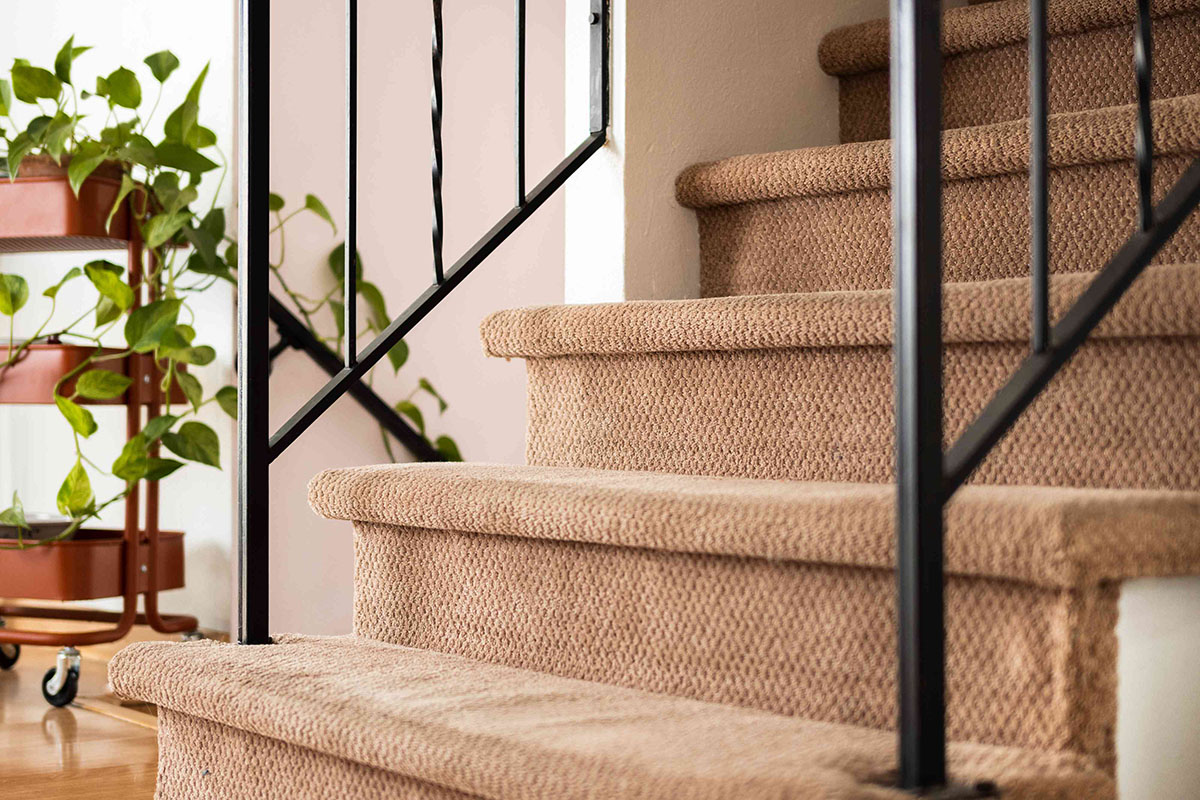
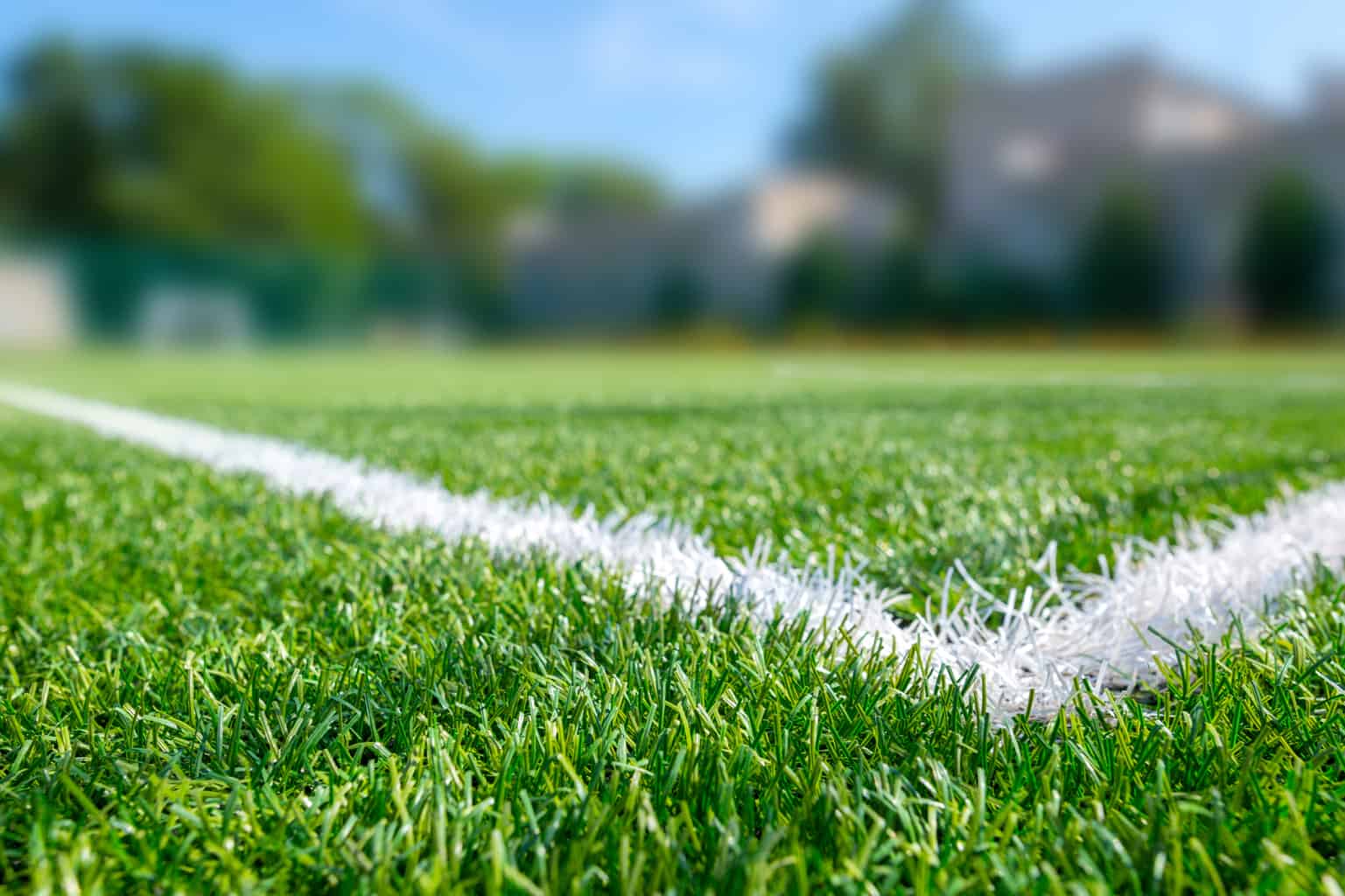
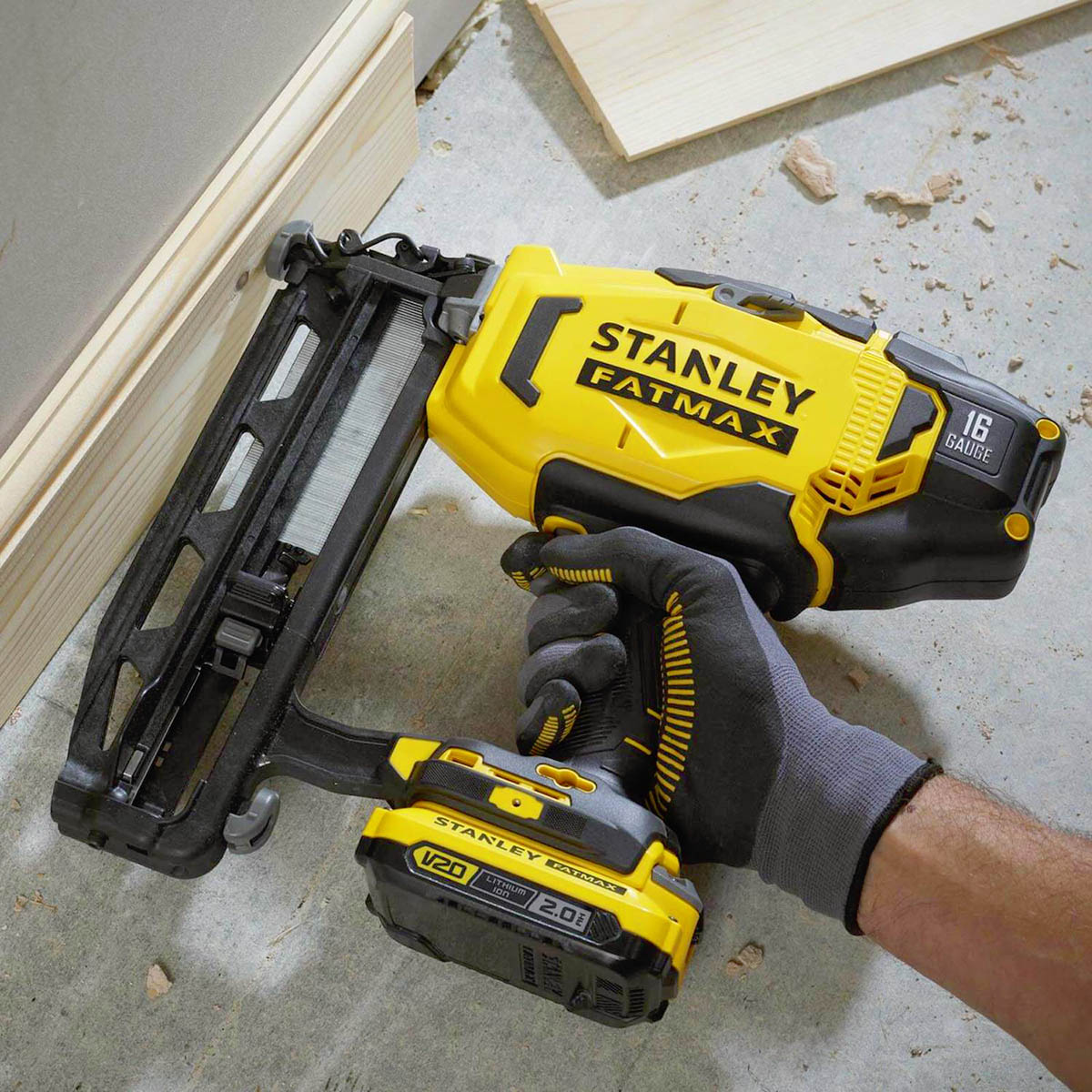
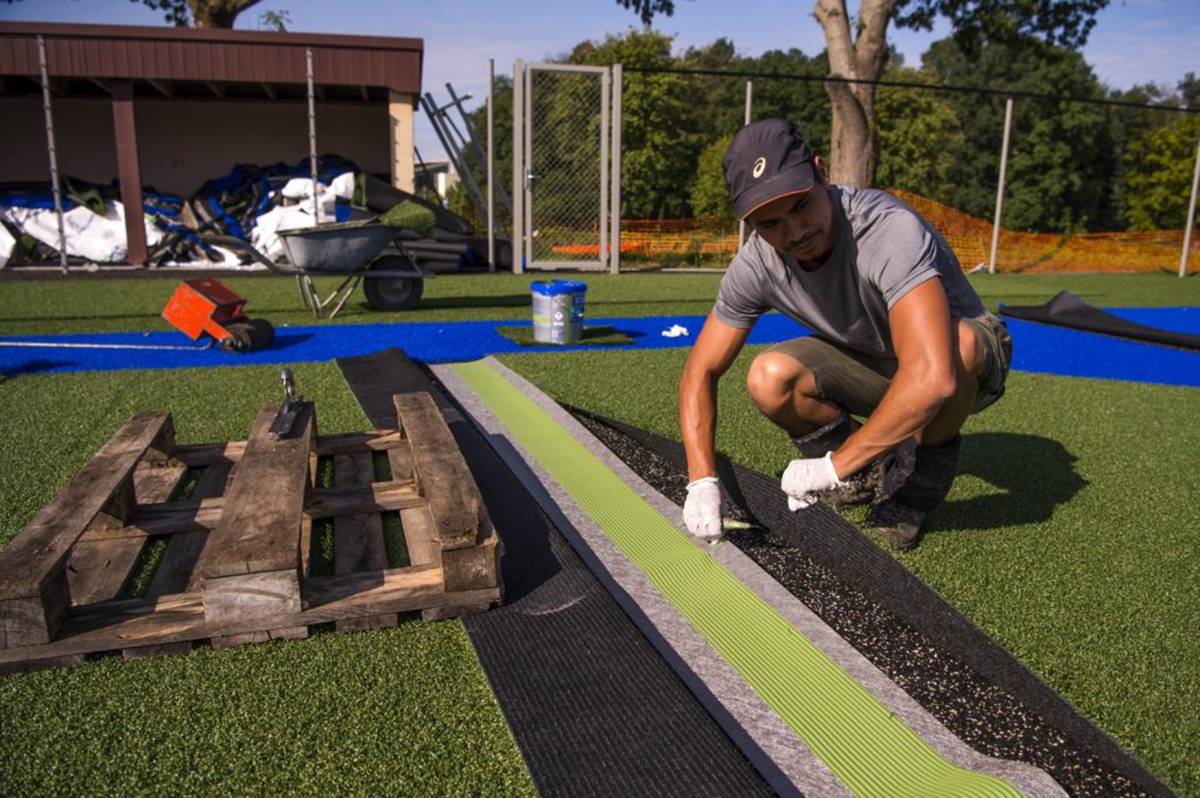
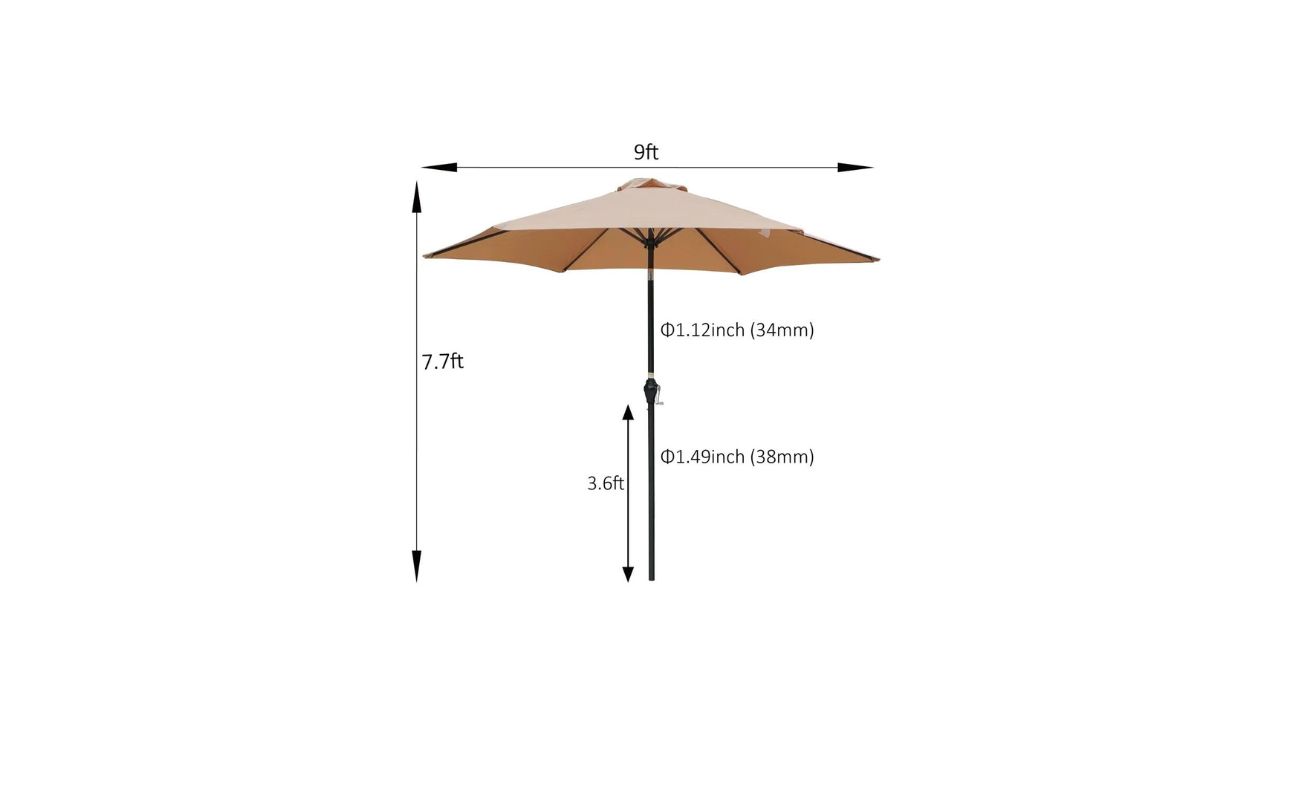
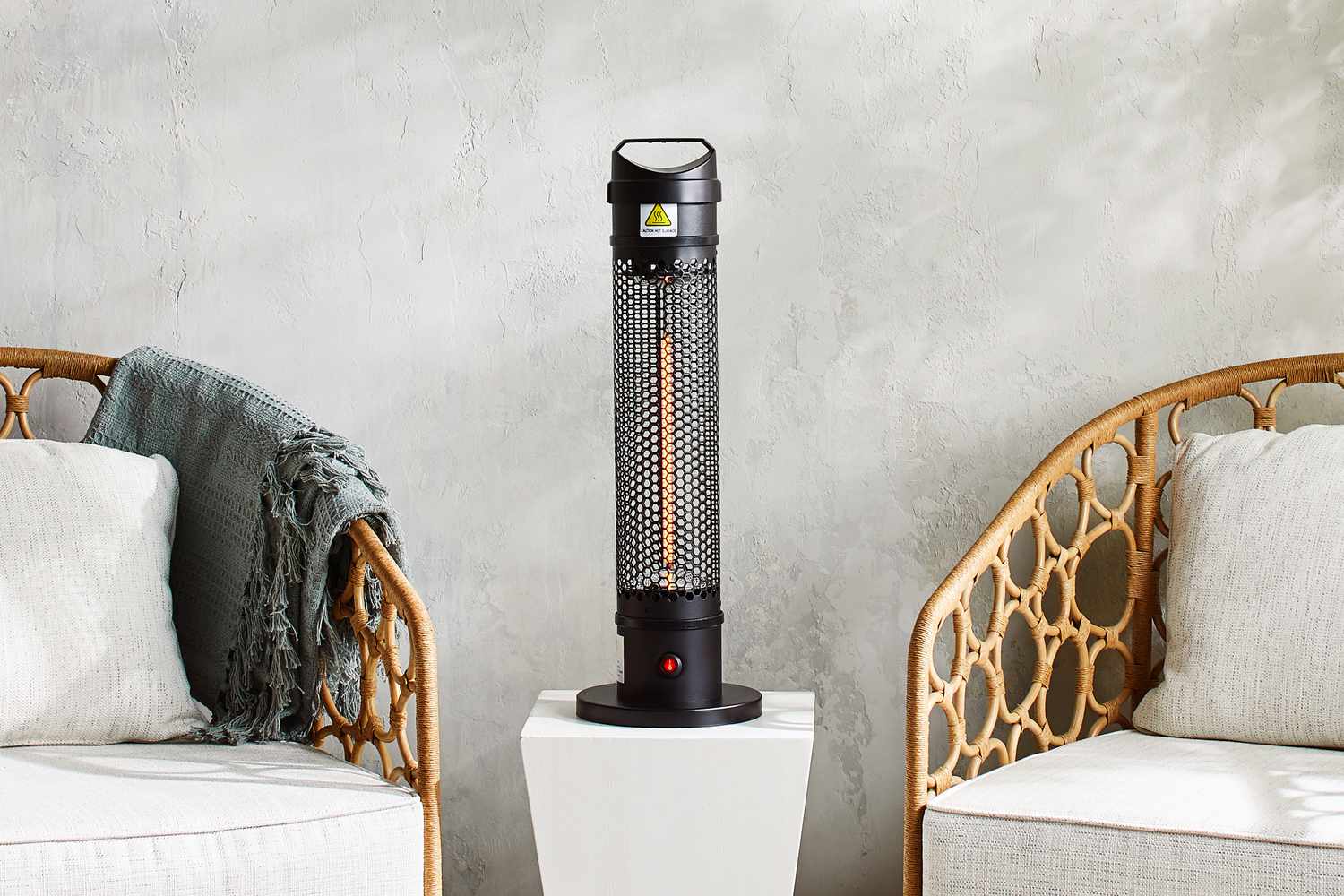

0 thoughts on “What You Need To Install Artificial Grass”